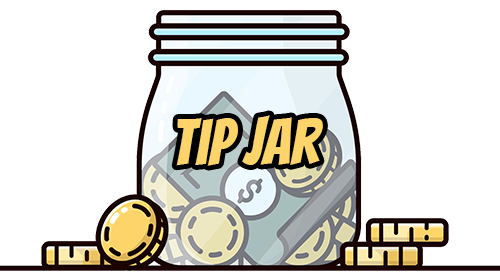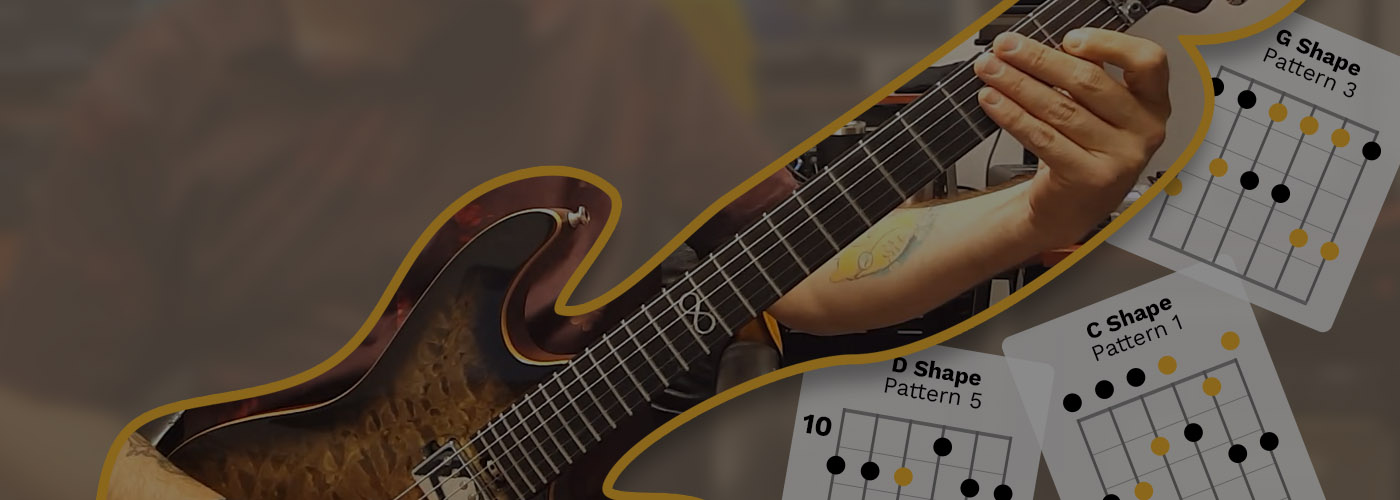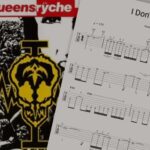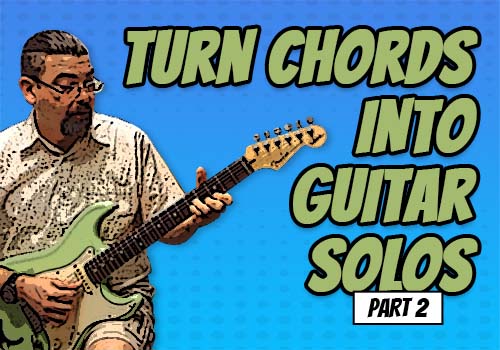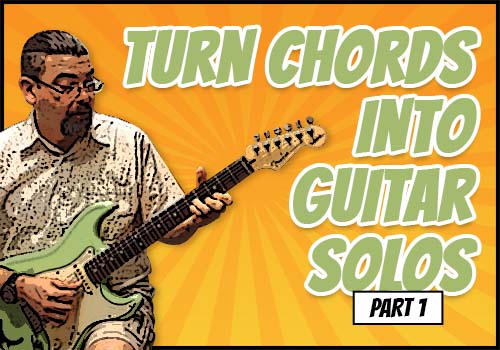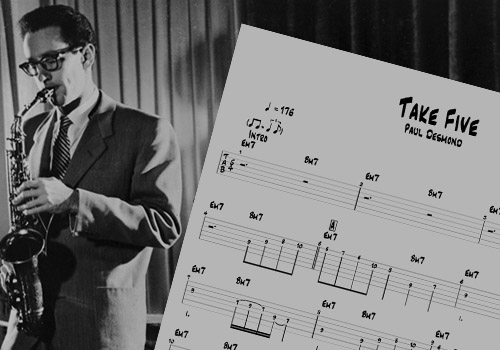Here are several concepts regarding the pentatonic scales that may help you see them and use them differently and more effectively. The main goal here is to get you out of the box and also help you make more interesting melody lines that you might not have found any other way.
Here are 5 things about the pentatonic scale that you may not have realized.
The First thing about the pentatonic scale you may not know:
If you are playing 2 notes per string there are 5 different pentatonic patterns.
Here is the first pattern – this is the C Major pentatonic scale played in open position. This means we are using open strings in the pattern.

Here is the 2nd pattern in C Major pentatonic played in 2nd position. This means the lowest fret we will play in this pattern will be at the 2nd fret.

Here is pattern 3 of the C Major pentatonic played in the 5th position.

This is pattern 4, still in C Major pentatonic played in the 7th position.

Finally we have the 5th pattern in C Major pentatonic played in the 9th position.

The 2nd thing about the pentatonic scale you may not know:
If you know a major pentatonic scale then you already know the relative minor pentatonic scale.
The cool thing about the pentatonic scale is that if you know a major pentatonic scale then you already know the relative minor pentatonic scale.
Let’s say, for example, that we use pattern #3.
This is probably one of the most common pentatonic patterns that guitarists know. This is C Major pentatonic. C Major has a relative minor key called A minor. They have the exact same notes. All major pentatonic scales have a relative minor that uses the same pattern.
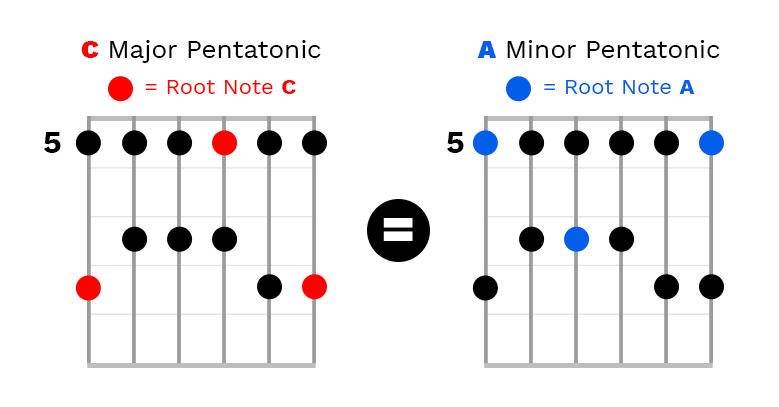
Take a look at the picture below. What you are seeing are all of the relative Major and Minor keys. If a Major and Minor key are relative to one another then they are in the same color on the circle.
As an example, if you focused on a single “slice” of the diagram (a single color) you can see, in this case, that in Gold, C major and Am are relative to one another. If you aren’t sure how to find relative minor keys, just use this picture.
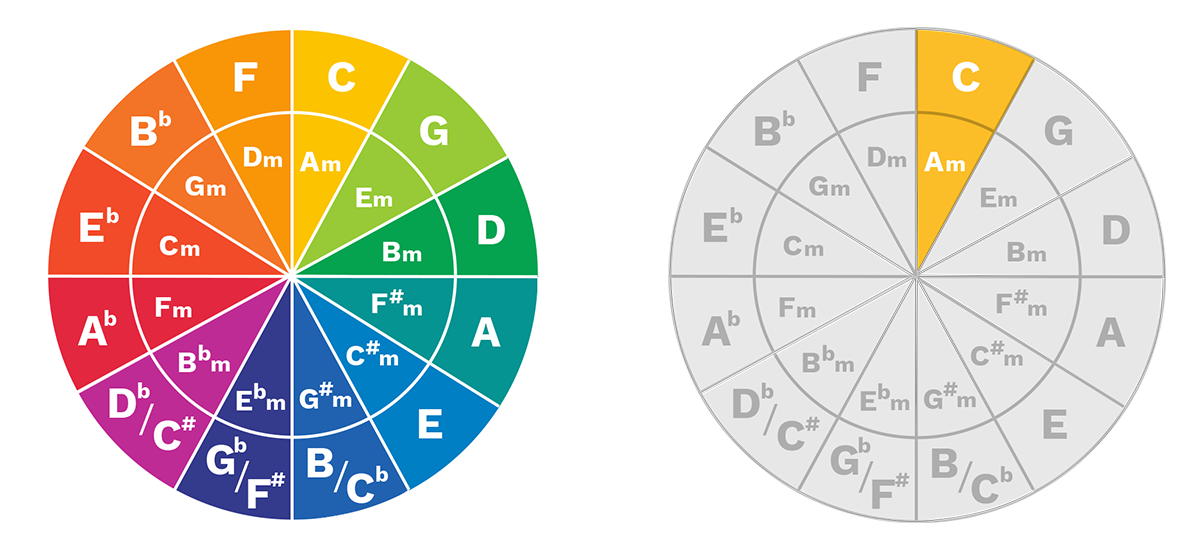
The 3rd thing about the pentatonic scale you may not know:
Each pattern has its own chord shape within it.
Typically we play the pentatonic scale using 2 notes per string. That gives us 5 repeating patterns across the guitar neck. One of the great things about each pattern is that they have a chord shape in them. Each pattern has its own chord shape in it. This is an easy way to remember the patterns and also to remember what notes you want to focus on when playing that pattern.
- Pattern 1 is called C because of the C chord found in the scale.
- Pattern 2 is called A because of the A chord found in the scale.
- Pattern 3 is called G because of the G chord found in the scale.
- Pattern 4 is called E because of the E chord found in the scale.
- Pattern 5 is called D because of the D chord found in the scale.
You may have discovered that if you learn the letter names of the patterns they spell the word “CAGED”. You should also notice that the bottom notes of one pattern become the top notes of the next pattern. When you get to the D pattern you just start over at the C pattern again. You can see that the bottom nots of the D pattern form the top notes of the C Pattern.
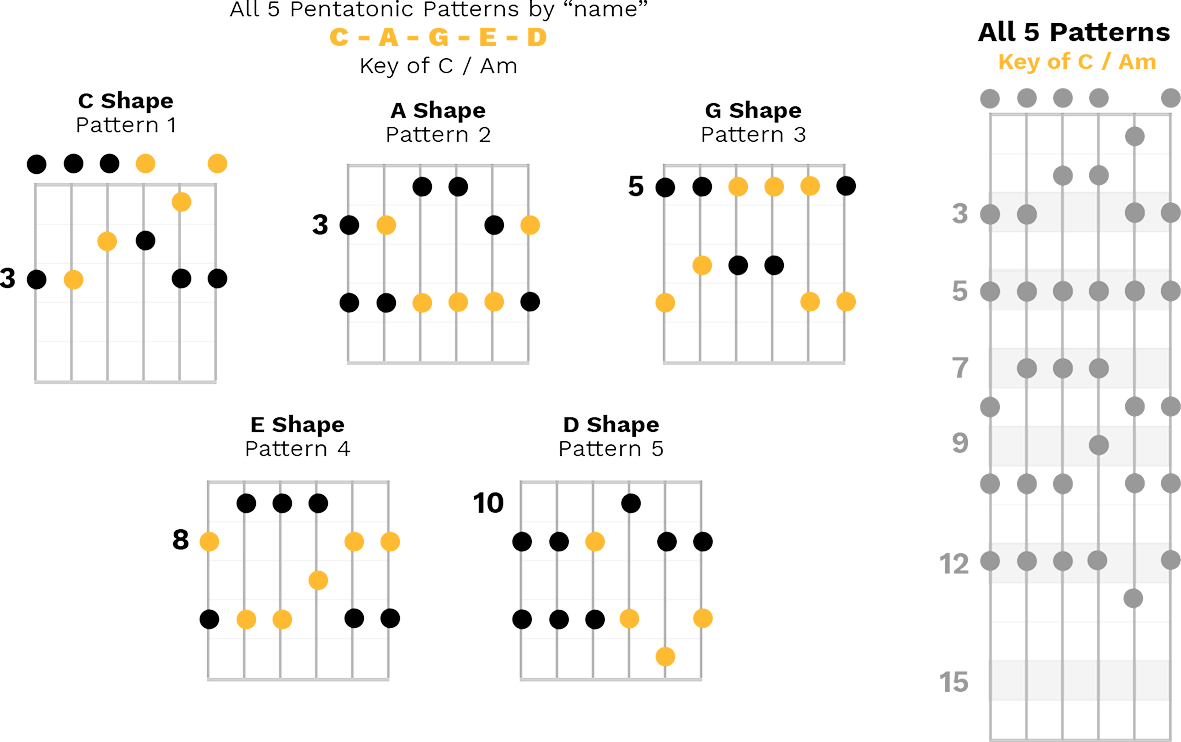
The 4th thing about the pentatonic scale you may not know:
The top notes of pentatonic patterns have duplicate notes higher up on the fretboard.
The first pentatonic pattern that guitar players tend to learn is pattern 3, the G pattern. This pattern immediately sets up the box of notes that guitarists tend to get trapped in. However there is another way to look at this pattern.
Excluding the low E string, the top notes of the pattern have duplicates higher up on the fretboard. For example, the 3rd note in the G pattern (5th fret on the A string) has a duplicate on the low E at the 10th fret. These are the exact same notes. The same is true for the rest of the top notes in this pattern.
Since this is the case, you can extend the pattern to include 3 notes on each string using the duplicate notes.
Now you have notes that you can slide into or use for other variations of playing. Adding these variations to the pattern helps you get out the pentatonic box.
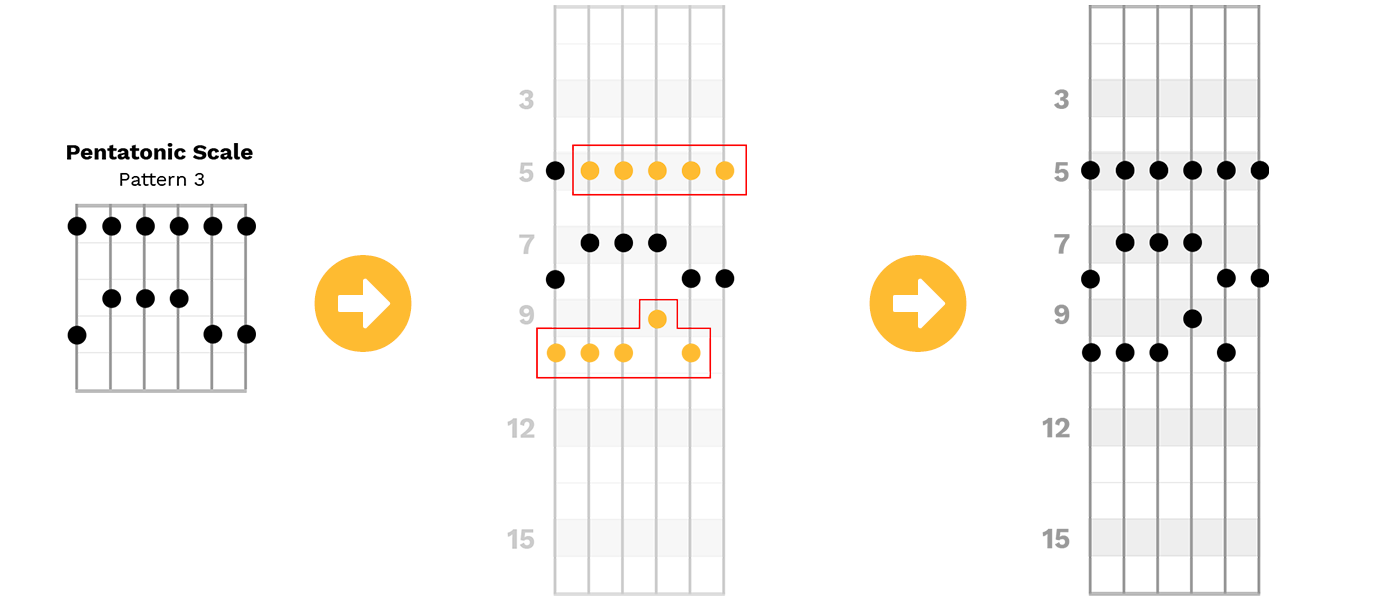
You can take this concept a step further. If we use the G pattern as an example, it has the A pattern below it (meaning lower notes) and the E pattern above it (meaning higher notes on the neck). All of these patterns share the same notes from the pentatonic scale. If you combine all 3 patterns you can extend the G pattern to give you a 4 note per string pentatonic pattern.
Now we have notes we can slide down to and that we can slide up to.
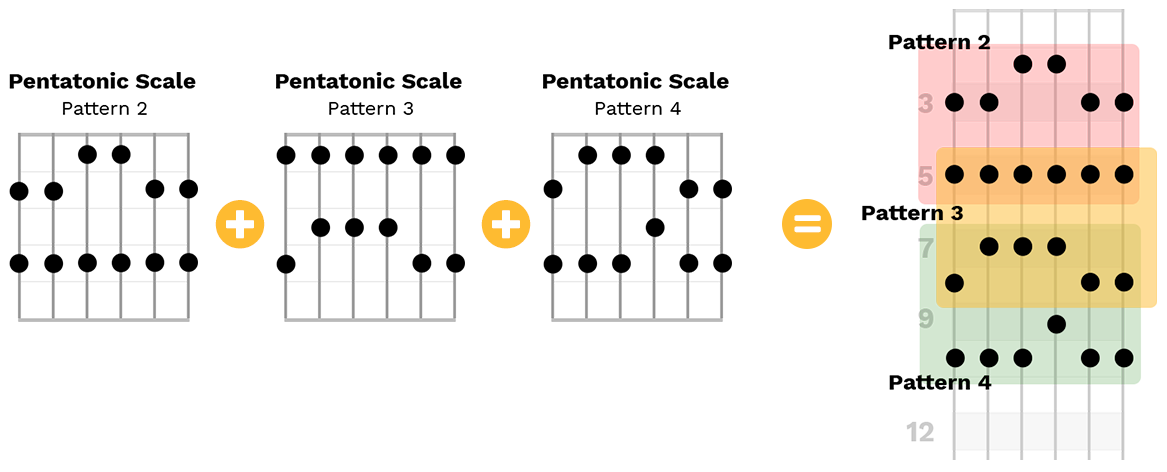
The 5th thing about the pentatonic scale you may not know:
You can reduce all of the pentatonic patterns down to a simple repeating 5 note motif that’s easy to remember.
Because of the way the pentatonic scale sits on the fretboard, it creates boxes which makes you feel stuck in that box. It makes it difficult to know what notes you can play outside of the box.
There’s a cool thing that happens with the pentatonic scale. Because the pentatonic scale is just a repeating 5 note pattern, if you plotted all of the notes from the scale across the entire guitar there is a very simple pattern that can be found. This new pattern is very easy to remember and is easy to repeat on the guitar and not be stuck in a pentatonic box pattern.
This 5 note pattern is played on 2 strings and then repeats itself on the next 2 strings and again on the last 2 strings of the guitar (See Picture).
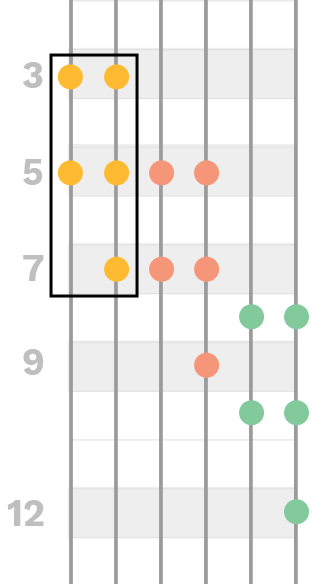
BONUS: The 6th thing about the pentatonic scale you may not know:
You can change the pentatonic scale you are using when there is a chord change.
Here is a bonus thing you can do with the pentatonic scale. Let’s say you have a song that is in a particular key. For this example we will use the Key of C major pentatonic. Let’s say the chord progression is C major to F major and then to G major.
This means that when the C chord is being played by the rhythm section, we could improvise with the C Major Pentatonic. When the chord changes to F we can switch to F Major Pentatonic and when the chord changes to G we could use the G Major Pentatonic.
In other words, you can change the pentatonic scale with the chord change. This can also give you notes that will make more sense against the chord you are playing over.
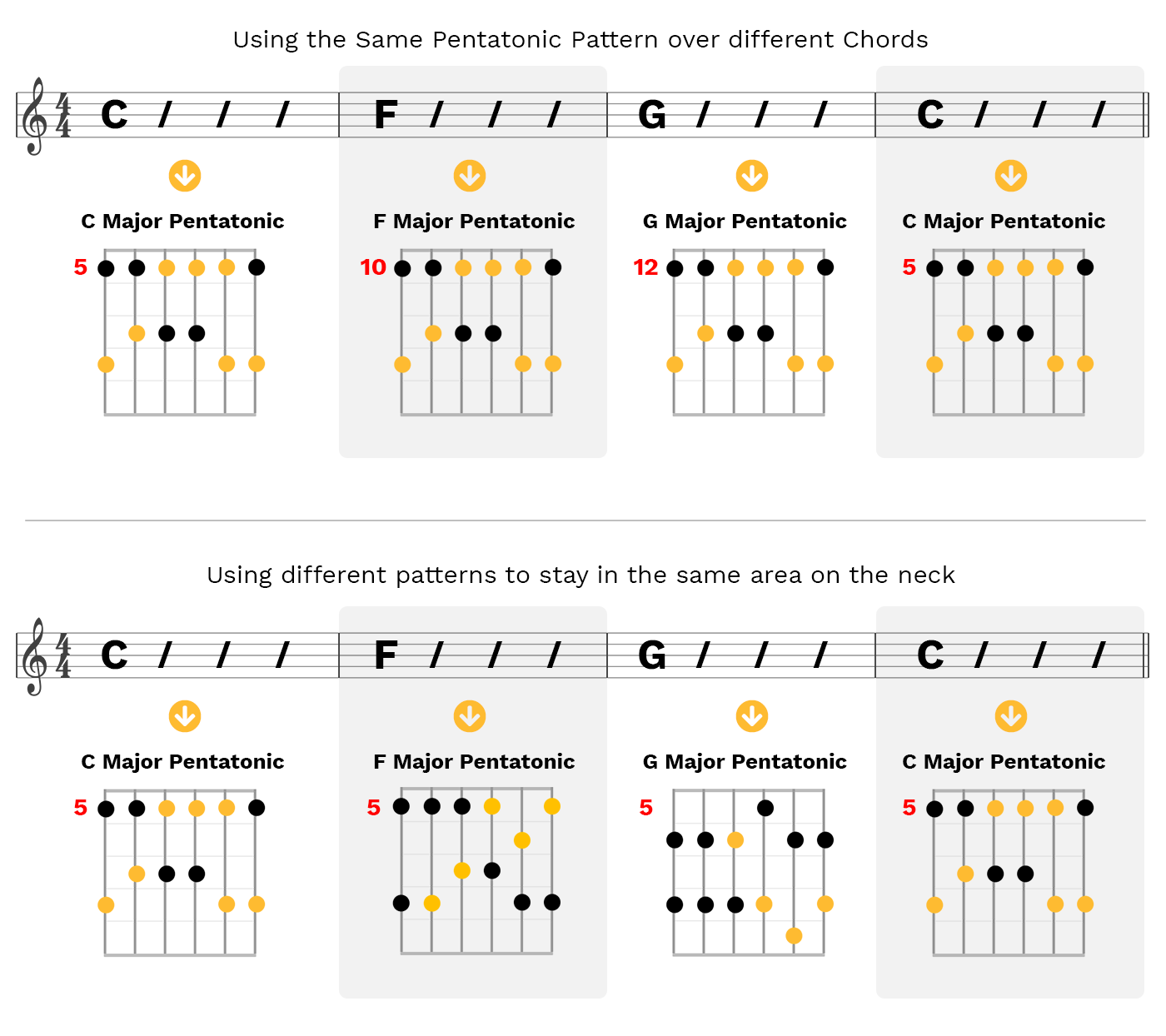
BONUS: The 7th thing about the pentatonic scale you may not know:
Combined pentatonic scales can make the major scale.
Here is a final bonus item. We just talked about playing a pentatonic scale over its respective chord with the same name. For example playing C Major pentatonic over a C chord, F major pentatonic over an F chord and G Major pentatonic over a G chord.
If you took the notes from each of those pentatonic scales. The combined notes from C, F and G Major pentatonic make the entire C major scale. This works because all 3 chords belong to C Major.
This is useful because as you become familiar playing the pentatonic scale you will start to notice notes from the other pentatonic patterns and begin to incorporate those into your playing. This way you aren’t just playing pentatonic scales all of the time. Utilizing all of the notes from the major scale allows you to create more sounds than just the notes from the pentatonic.
The pentatonic scale is a great starting point when learning to play solos but has limitations. Getting familiar with the pentatonic scales is a great place to work your way into using other scales.

Lesson Files:
Diagrams and other on-screen images in PDF Document:
Guitar Pro Tab for all patterns and guitar riffs in video:
Ultimate-Guitar Tab for all patterns and guitar riffs in video:
Guitar Pro Tab for 20 Pentatonic Riffs played at end of video:
Ultimate-Guitar Tab for 20 Pentatonic Riffs played at end of video:
Guitar Curmudgeon on Ultimate-Guitar:
The lessons and tabs are free but if it was helpful to you feel free to leave a tip.
paypal.me/guitarcurmudgeon
